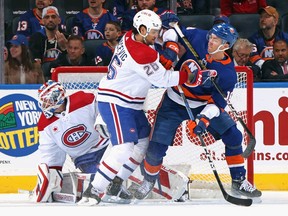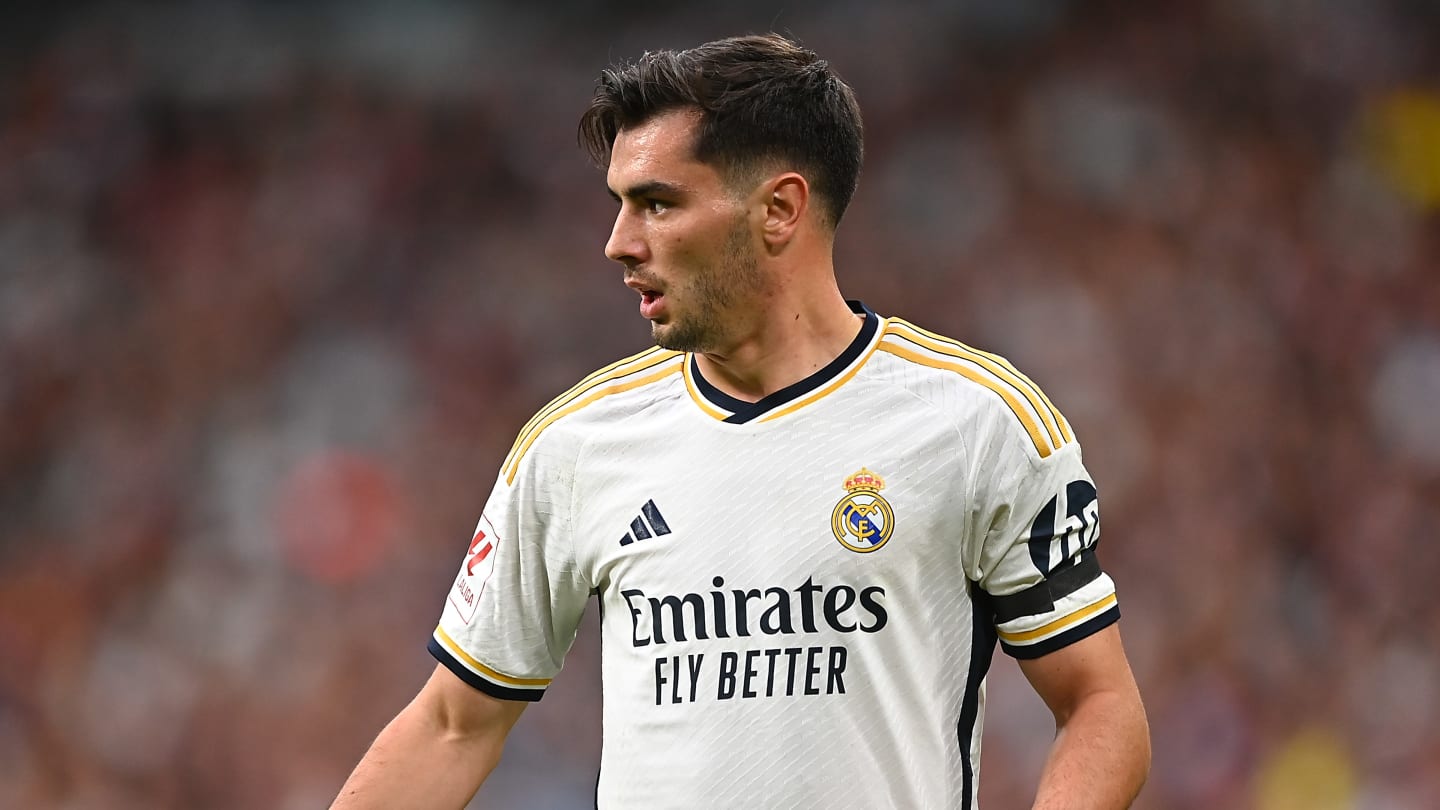With limited exceptions, there are few less enthusiastic days on the Formula 1 calendar than Friday in Abu Dhabi.
Unless there’s a title at stake — and the spectre of 2021 will hang over the sport for some time yet — the paddock is collectively looking forward to exiting the F1 bubble next week for some hard-earnt off-season downtime. Qualifying simulations and calculating long-run averages based on practice times are low on the list of priorities.
Fortunately the Yas Marina Circuit — usually maligned for its uninspiring layout — has served up a much-needed curveball that could enliven an otherwise staid weekend.
Watch every practice, qualifying and race of the 2023 FIA Formula One World Championship live and ad-break free in racing on Kayo Sports. Join now and start streaming instantly >
Half the grid was absent in first practice. Every team is required to devote two practice session through the year to rookie drivers, and nine of the 10 teams were yet to meet this requirement before the final round of the season.
Then two unusual crashes meant most of the crucial second practice session was lost to red flags.
There was only around 27 minutes of green-flag running in total, but most of that came in a 16-minute burst at the very end of the hour.
There was no time for genuine long-run analyses, and data from those teams that did attempt a race simulation was difficult to compare given the frenetic differing programs.
One-lap pace is also difficult to use to preview qualifying given the traffic problems in that last quarter-hour, with all but the two crashed-out cars clogging the track.
The combination of the two unusual sessions has left teams without anything close the data they expected to have for the race. And with final practice taking place during the day — whereas qualifying and the race take place at dusk, in completely different conditions — there’s no chance to make up for lost time.
Suddenly one of the calendar’s most straightforward races is anything but, and this dead-rubber round has a little bit of an edge to it.
Slick Doohan narrowly misses Sargeant! | 01:18
WHAT CAUSED THE UNUSUAL CRASHES
Practice crashes are rare, especially at the purpose-built Abu Dhabi circuit with its vast expanses of paved run-off and flat kerbs. Only in the final sector — which is supposed to simulate a street circuit — do the walls close in on the drivers, though by then they’re travelling at a much slower average speed.
Yet Carlos Sainz managed to write off his Ferrari — for the second time in as many weeks, a fact that will not have escaped his weary mechanics — and Nico Hülkenberg dealt some serious damage to the back of his Haas.
Sainz was blameless in Las Vegas and was of limited culpability this week.
The otherwise super-smooth Yas Marina surface has developed a bump at turn 3. It’s the fastest corner on the track, with drivers flat on the throttle all the way from turn 1 to turn 5. Apex speed is roughly 270 kilometres per hour.
Given the track is otherwise flat, cars are set up to run very low to the ground in Abu Dhabi to maximise downforce generated by the floor.
In this case the Ferrari was set up too low. Sainz’s car bottomed out over the bump and immediately snapped from under him. The Spaniard suggested dirty air from the car ahead of him prevented him from saving the spin, and he pirouetted at high speed into the barriers.
The vertical accelerometer recorded maximum force of 5g as Sainz hit the bump. It had peaked at 3g on previous laps.
The only silver lining for Sainz is that he missed out on only the 16 minutes of track time relative to the rest — and he’d participated in first practice, meaning he won’t be lacking set-up ideas for Saturday.
Nico Hülkenberg’s crash was more straightforward. The German was much more aggressive through the first turn to start a hot lap on soft tyres. He was 10 kilometres up on his previous best as he exited the first turn, and his rear wheels spun as he put his foot to the floor while mounting the kerbs. He spun off the road and rear-ended the barrier.
The damage was less superficially severe, albeit it was to the more sensitive rear of the car.
Having missed FP1 and then crashing with only seven laps under his belt, Hülkenberg is the worst affected from the circumstances of the session.
RED BULL RACING HAS WORK TO DO TO RESTORE USUAL MARGIN
The two crashes were particularly problematic for Red Bull Racing, which had subbed out both its full-time drivers for rookies in first practice. Neither Max Verstappen nor Sergio Pérez got much meaningful running, leaving the team with little data on set-up direction.
Verstappen complained of severe bouncing in the final sector, for example, notwithstanding he was fastest through the final split by the end of the hour.
It’s difficult to draw definitive conclusions from the limited running, but Formula 1 data suggests the reigning constructors champion will again have a fight on its hands for pole position from Ferrari, which is estimated to be just 0.02 seconds behind based on ideal qualifying laps — when best sectors are combined and tyre wear is accounted for.
McLaren and Mercedes follow at just 0.12 and 0.13 seconds adrift respectively.
Predicted race pace is also still close.
F1 race simulation estimates
1. Red Bull Racing: 0.00 seconds
2. Ferrari: +0.11 seconds
3. McLaren: +0.23 seconds
4. Mercedes: +0.36 seconds
5. Williams: +0.49 seconds
6. AlphaTauri: +0.54 seconds
7. Aston Martin: +0.62 seconds
8. Alpine: +0.68 seconds
9. Alfa Romeo: +0.75 seconds
10. Haas: +1.11 seconds
If the above data holds true, it’ll be good news for Ferrari, which is four points down on Mercedes for second in the constructors championship. Having McLaren in the mix and potentially taking points away from the Silver Arrows could be decisive.
It’s also positive for McLaren’s mission to hold fourth ahead of Aston Martin, which appeared to struggle.
AlphaTauri is looking competitive thanks in part to a new floor brought to this weekend, but it still has some work to do to get ahead of Williams, which it trails for seventh in the standings by seven points.
It’s difficult to pick strategy with so little long running other than to say degradation on the soft compound looked too high on Friday to be a useful race compound. Most teams held back both sets of hard tyres, which are expected to be crucial to race performance.
ROOKIES GET THEIR TIME TO SHINE
Abu Dhabi is favoured as a destination to deploy rookie drivers for several reason.
The first is convenience. With Formula 2 running on the F1 undercard for the first time since September’s Italian Grand Prix, most of the selected drivers are already on site.
The second is that most drivers have lots of experience at Yas Marina, a well-used track by international and continental categories, lowering the risk of embarrassing and costly crashes.
The third is that FP1 in Abu Dhabi is the least valuable session of the year.
Not only is it run in broad daylight and therefore in conditions unrepresentative of qualifying and the race, but with most of the title positions tied up before the final round, there’s often little at stake.
Red Bull Racing — which has precisely nothing on the line on either title table — even subbed out both its full-time drivers in FP1.
Team principal Christian Horner summed it up to Sky Sports.
“This session is probably the least valued session of the year,” he said.
“You don’t want engine modes others are running and fuel loads and so on. We were running pretty conservatively.
“[Rookies] are here to do a job, and they’re grateful for the experience.”
But even if few were allowed to open the taps for a hot lap, it was an important hour for the 10 drivers who participated. Some are on the conveyer belt to Formula 1. Others are hopeful of using their experience in the sport to springboard to a professional racing career elsewhere. For all it was a dream come true.
Most of them did quite well to keep their full-time teammates in sight, but one was especially impressive.
Felipe Drugovich, still the reigning 2022 F2 champion, was the only one of the 10 to lap quicker than his teammate, Lance Stroll, in his Aston Martin car. In fact he was quicker than everyone bar FP1 leader George Russell.
How the rookies compared
Felipe Drugovich was 0.271 ahead of Lance Stroll
Robert Shwartzman was 0.027 behind Carlos Sainz
Oliver Bearman was 0.107 behind Kevin Magnussen
Jack Doohan was 0.145 behind Pierre Gasly
Patricio O’Ward was 0.449 behind Oscar Piastri
Théo Pourchaire was 0.640 behind Valtteri Bottas
Zak O’Sullivan was 0.718 behind Logan Sargeant
Frederik Vesti was 0.743 behind George Russell
It’s of course impossible to compare the drivers directly given their diverse run plans. It’s also more important for these inexperienced drivers to be solid but unspectacular rather than go for glory and end up remembered for putting the car in the fence.
But some of these results will be very heartening all the same.
Worth noting too is that Jack Doohan scored a dominant pole position in Formula 2 in a qualifying session that started just 30 minutes after the end of F1 FP1, beating fellow Alpine junior Victor Martins by 0.224 seconds.
Doohan will not compete in Formula 2 next season but is without a race program for 2024.







